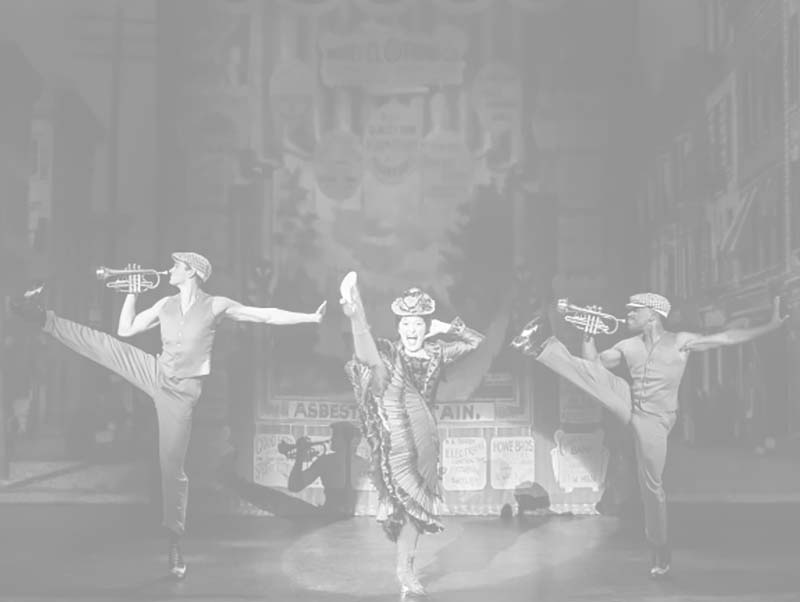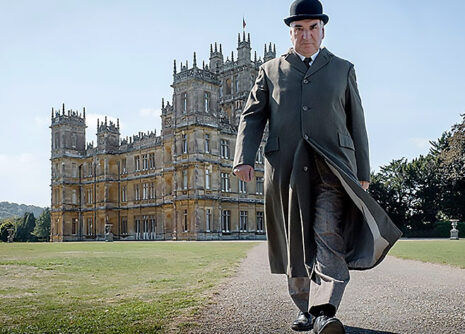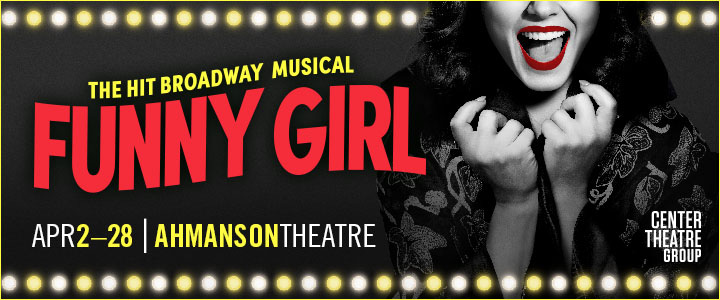- By Michael Jacobo
- Photos Courtesy of Focus Features
If you were to look back on the most popular shows of the first two decades of the 21st century, you would find a subtle shift in the form of storytelling; there was a new edgier, “millennium” vibe to the stories being told. They were progressive without being too serious (Modern Family), they commented on American consumerism and the deconstruction of American values by taking us to where it all started (Mad Men), and yeah, they also had dragons (Game of Thrones). They all had a “gimmick,” yet, if one television series of this era were to stick out it has got to be Downton Abbey, and for all the right reasons.
The series, wildly popular upon its broadcast both in ratings and critical acclaim, unfortunately came to an end in 2015 after an impressive six season run. The film is a continuation of the series, which chronicled the aristocratic Crawleys and their servants in the functional estate of Downton Abbey. The plot, set in 1927 (the series finale, a Christmas special, took place on New Year’s Eve 1925) follows the Crawleys and the estate state as they prepare to host King George V and Queen Mary.
First premiering in the U.K. on ITV, where it was later syndicated in the U.S. on PBS under the Masterpiece Theatre banner, Downton Abbey took television by storm with its first season far more than any other series of that time. It was recognized in the Guinness Book of World Records as the most critically acclaimed English-language television series of 2011 (the year the series premiered in the U.S.) and, after its first two seasons had made the awards circuit rounds, it had earned the most Emmy nominations in the history of the awards ceremony.
For its apparent simplicity, the series success was the most surprising. Most of that was the old-fashioned melodrama that the series utilized with no real awareness, meaning it wasn’t trying too hard to create the drama — mostly because the drama actually happened and we were observing how this class of people adapted to it and the changing society. While many estates had to be sold so families could making a living, especially after World War 1, the Crawleys and Downton have managed to remain intact and also relevant. A great deal of this is owed to the characters.
The main star of the series is without a doubt Lady Mary Crawley, portrayed by Michelle Dockery. From her very first scene in the series — where she asked her father if she should pretend to be sad that her cousin and heir to the estate whom she was arranged to marry died on the Titanic — audiences knew that this wasn’t going to be your classic television heroine. Mary has endured some tragic moments on the show, but her resilience and open mindedness has allowed her to adapt as the country has changed. Not to mention, she isn’t shy about saying what’s on her mind, especially when it concerns her younger sister, the middle child Lady Edith (Laura Carmichael). You feel bad for Edith, but you also want to high five Mary on what was a considerably impressive snarky remark.
She definitely gets it from her grandmother, the Dowager Countess Violet, played by the fabulous Oscar-winning Dame Maggie Smith. The Countess definitely changes what most audiences would expect from a aristocratic widow, and most of that stems from Smith’s acting chops. Much of the original cast returns for the film, including Hugh Bonneville as George Crawley, Earl Grantham; Elizabeth McGovern as Cora, Countess Grantham; Joanne Froggatt, Jim Carter, and Phyllis Logan. Matthew Goode, who entered the series’s last season as Mary’s husband Henry, reportedly only shot a few scenes due to scheduling conflicts. Simon Jones (Brazil, 12 Monkeys) and Geraldine James (Anne with an E) star as King George V and Queen Mary, respectively.
Fellowes wrote the screenplay while Michael Engler, who directed several episodes of the original series, helmed the film adaptation, which very well could be the final chapter of the Crawleys.
“Downton Abbey” hits theaters Sept 20.




